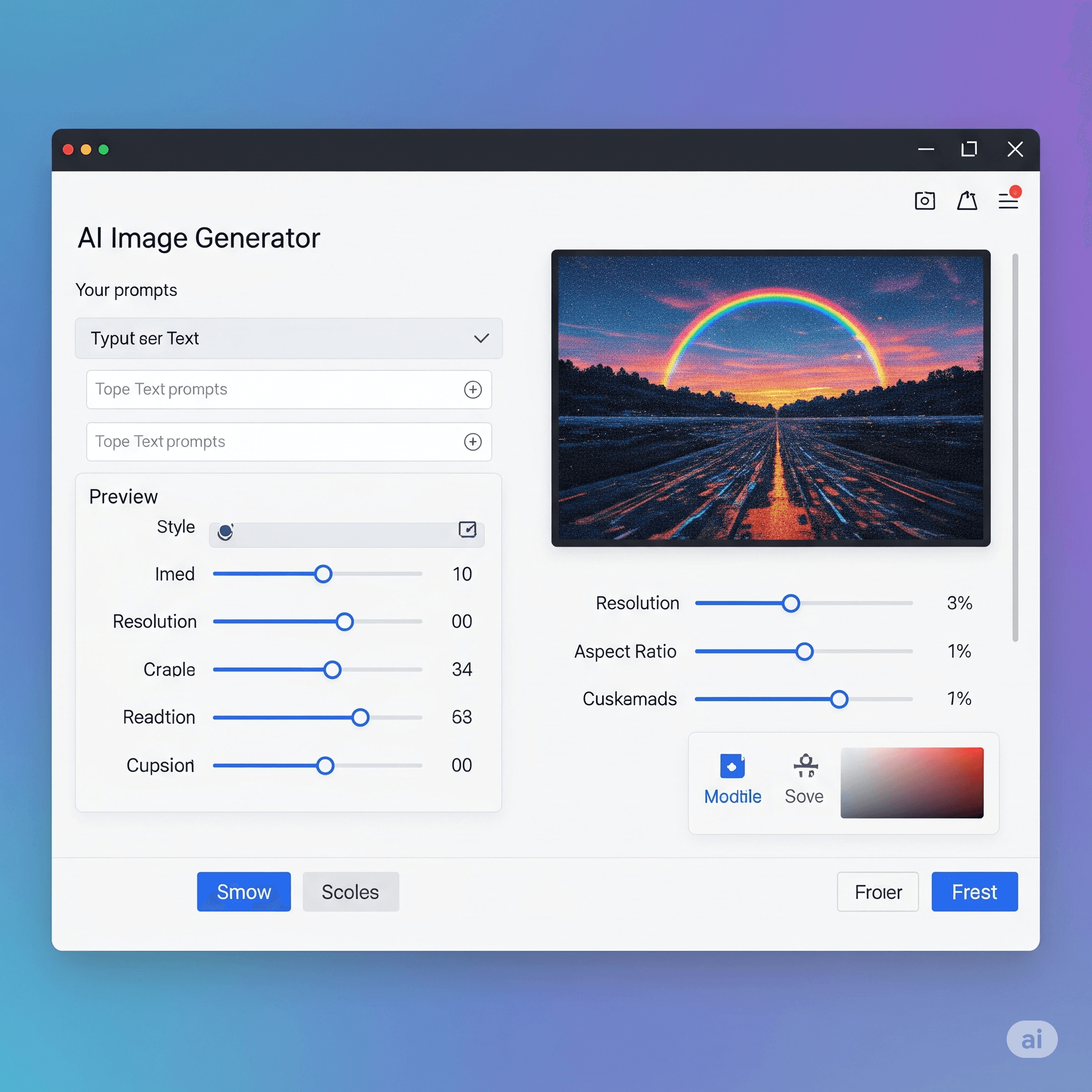Question: Snowball is an/a———
Answer:
Snowball is a high-level programming language (HLL). Snowball, also known as Snowball programming language, was developed in the 1960s by Martin Richards. It was designed for text processing and language translation tasks.
Snowball provides a simple and expressive syntax for manipulating text and performing string-based operations. It was specifically created to facilitate the development of programs related to language processing and information retrieval. Snowball allows programmers to write concise and efficient code for tasks such as stemming, stemming algorithms, and search algorithms.
One notable feature of Snowball is its support for stemming, which is the process of reducing words to their base or root form. Stemming is often used in search engines and natural language processing applications to improve search accuracy and language analysis.
Snowball has influenced the development of other programming languages, particularly in the field of information retrieval and natural language processing. It provides a higher-level abstraction for working with textual data, making it easier to write programs for tasks related to text manipulation, indexing, and linguistic analysis.
It's worth noting that Snowball is sometimes referred to as "Snowball I" to distinguish it from a newer programming language called "Snowball II" or "Snowball SNOBOL4," which is a different language altogether.
In summary, Snowball is a high-level programming language designed for text processing and language-related tasks. It offers features specifically tailored to working with textual data and has been influential in the development of languages in the field of information retrieval and natural language processing.
MCQ: Snowball is an/a———
Explanation:
Snowball is a high-level programming language (HLL). Snowball, also known as Snowball programming language, was developed in the 1960s by Martin Richards. It was designed for text processing and language translation tasks.
Snowball provides a simple and expressive syntax for manipulating text and performing string-based operations. It was specifically created to facilitate the development of programs related to language processing and information retrieval. Snowball allows programmers to write concise and efficient code for tasks such as stemming, stemming algorithms, and search algorithms.
One notable feature of Snowball is its support for stemming, which is the process of reducing words to their base or root form. Stemming is often used in search engines and natural language processing applications to improve search accuracy and language analysis.
Snowball has influenced the development of other programming languages, particularly in the field of information retrieval and natural language processing. It provides a higher-level abstraction for working with textual data, making it easier to write programs for tasks related to text manipulation, indexing, and linguistic analysis.
It's worth noting that Snowball is sometimes referred to as "Snowball I" to distinguish it from a newer programming language called "Snowball II" or "Snowball SNOBOL4," which is a different language altogether.
In summary, Snowball is a high-level programming language designed for text processing and language-related tasks. It offers features specifically tailored to working with textual data and has been influential in the development of languages in the field of information retrieval and natural language processing.
Discuss a Question
Related Questions
- 1. Switching device of fifth generation computer is——–
- 2. ———- computers operates essentially by counting
- 3. ———- computer is small general purpose micro computer, but larger than portable computer
- 4. Cathode Ray Tube is a form of…….
- 5. Trackball is a………..
- 6. …………. computer is a medium sized computer
- 7. ……….. computer are of large size
- 8. Note book, laptop,palm,hand-held computers are coming under the category of……… computer
- 9. Light pen and joystick are…………
- 10. Touch Screen is…………
You may be interested in:
Computer Basics MCQs






